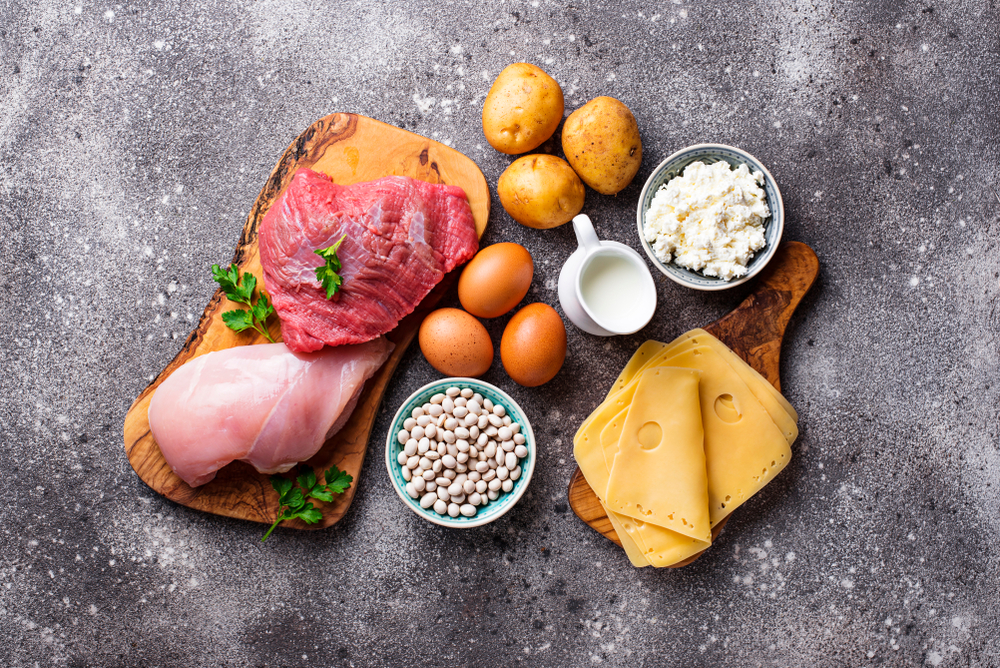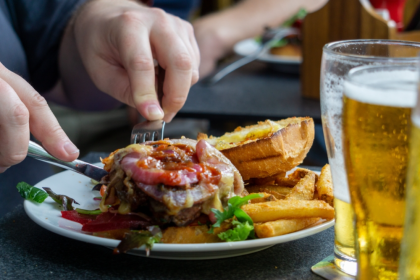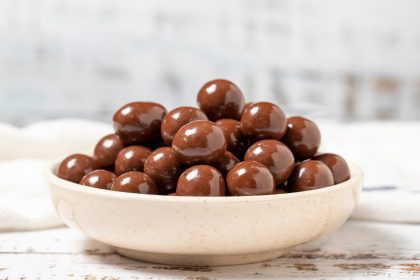You just finished your workout and grabbed a quick snack thinking you’re good to go. But what if I told you that protein bar might not be cutting it? The truth about protein needs might surprise you and change the way you think about your plate.
Why protein is your body’s best friend
Let’s get real for a second. Protein isn’t just another buzzword thrown around at the gym. Your body literally cannot function without it. Every muscle contraction when you climb stairs, every tendon supporting your joints when you sprint for the bus, and even the antibodies fighting off that cold you caught from your coworker all depend on protein.
Think of protein as the construction crew that builds and repairs everything in your body. Without enough workers on the job, things start falling apart fast.
Beyond just muscles
While most people associate protein with bulging biceps, it goes way beyond just building muscle. Protein forms the backbone of your immune system, helps transport nutrients throughout your body, and even affects your mood and brain function.
Your hair, skin, and nails? All made of protein. Those hormones controlling everything from your metabolism to your stress response? Yep, protein again. It’s truly the workhorse nutrient that never gets enough credit.
The number game you need to win
So how much protein should you actually be eating? This is where things get interesting.
That old recommendation of 0.36 grams per pound of body weight? That’s just the bare minimum to prevent deficiency, not the optimal amount for someone living an active life. It’s like saying your car needs at least a quarter tank of gas to run, but not accounting for whether you’re driving across town or across the country.
Do the math that matters
For someone weighing 150 pounds, the basic recommendation comes out to about 54 grams of protein daily. But that’s assuming you barely move and have zero fitness goals. If that’s not you, your needs are definitely higher.
Most active adults actually need between 0.5 to 0.9 grams per pound of body weight daily. For our 150-pound person, that’s between 75 to 135 grams of protein every single day. Suddenly that lone chicken breast at dinner doesn’t seem so adequate.
Power up your day with strategic protein timing
It’s not just about the total protein you consume but when you eat it. Your body is constantly breaking down and rebuilding tissues, and feeding it protein at the right times makes all the difference.
Morning protein matters most
That coffee-only breakfast habit? It’s sabotaging your metabolism and muscle maintenance. Research shows that consuming at least 20 grams of protein at breakfast kickstarts your muscle protein synthesis and can actually help control your appetite throughout the day.
Yet breakfast is typically the meal where most people consume the least protein. Swap that sugary cereal for eggs, Greek yogurt, or even a protein-rich smoothie, and you’ll feel the difference before lunchtime.
Protein superpowers for weight management
If you’re trying to manage your weight, protein might be your secret weapon. It takes more energy for your body to digest protein compared to carbs or fats, boosting your metabolism in the process.
The fullness factor
Protein is incredibly satiating. A high-protein meal can help you feel fuller longer, reducing those 3 PM vending machine raids. Aim for about 30 grams of protein per meal to maximize this benefit.
When protein makes up around 25-30% of your total calories, magic starts happening. People naturally tend to eat fewer calories overall without feeling deprived. Your body simply feels satisfied sooner and stays satisfied longer.
Age changes everything
As we age, our protein needs actually increase, not decrease. After 40, your body becomes less efficient at using protein, and you need more of it to maintain the same muscle mass.
Fighting the muscle fade
Adults over 60 need up to twice the RDA of protein just to prevent muscle loss. That’s around 1.2 to 2 grams per kilogram of body weight or roughly 0.5 to 0.9 grams per pound daily.
This increased need isn’t just about vanity. Maintaining muscle mass as you age is directly linked to longevity, independence, and quality of life. Strong muscles mean stronger bones, better balance, and fewer falls.
Real food solutions that don’t require a calculator
Tracking grams of protein can feel overwhelming, but it doesn’t have to be. Think in terms of protein-rich foods instead of numbers, and you’ll naturally hit your targets.
Everyday protein heroes
A palm-sized portion of chicken, fish, or lean meat provides about 25-30 grams of protein. Two eggs give you around 12 grams. A cup of Greek yogurt packs 20 grams. A handful of nuts adds another 5-7 grams.
Plant-based? No problem. A cup of lentils offers 18 grams of protein, while a serving of tofu provides about 20 grams. Combining different plant proteins throughout the day ensures you get all the essential amino acids your body needs.
Your plate made perfect
Transforming your meals to include adequate protein doesn’t require a complete diet overhaul. Small, strategic adjustments can make a big difference.
Breakfast boosters
Instead of just toast and coffee, add two eggs and a slice of whole grain toast with nut butter. Just like that, you’ve added 20+ grams of protein to start your day.
Greek yogurt topped with nuts and seeds offers a quick 25 grams of protein that takes literally seconds to prepare. Even adding milk to your coffee instead of creamer adds a few extra grams.
Lunch and dinner upgrades
Make protein the star of your plate rather than an afterthought. Start meal planning with your protein source, then add vegetables and healthy carbs around it.
A salmon filet with quinoa and roasted vegetables delivers over 30 grams of protein plus healthy fats and fiber. A bean and cheese burrito with a side salad provides similar protein content with different nutrients.
Smart snacking
Replace chips and crackers with protein-forward options. Hard-boiled eggs, cottage cheese with fruit, or a small protein shake can each deliver 10-20 grams of protein between meals when energy typically dips.
The key is planning ahead. When hunger strikes, having protein-rich options readily available prevents defaulting to whatever’s in the vending machine.
The bottom line on protein power
Getting enough protein isn’t just about following a trend. It’s about giving your body the raw materials it needs to function at its best. Whether your goal is building strength, managing weight, or simply aging well, protein plays a starring role.
Take a moment to assess your typical day. Are you getting protein at each meal? Are you hitting at least 75 grams daily if you’re active? Small adjustments to increase your intake could lead to noticeable improvements in energy, recovery, and overall health.
Your body is constantly rebuilding itself. The question is whether you’re giving it premium materials for the job or forcing it to make do with whatever’s available. Choose protein, choose often, and watch how your body responds.


















